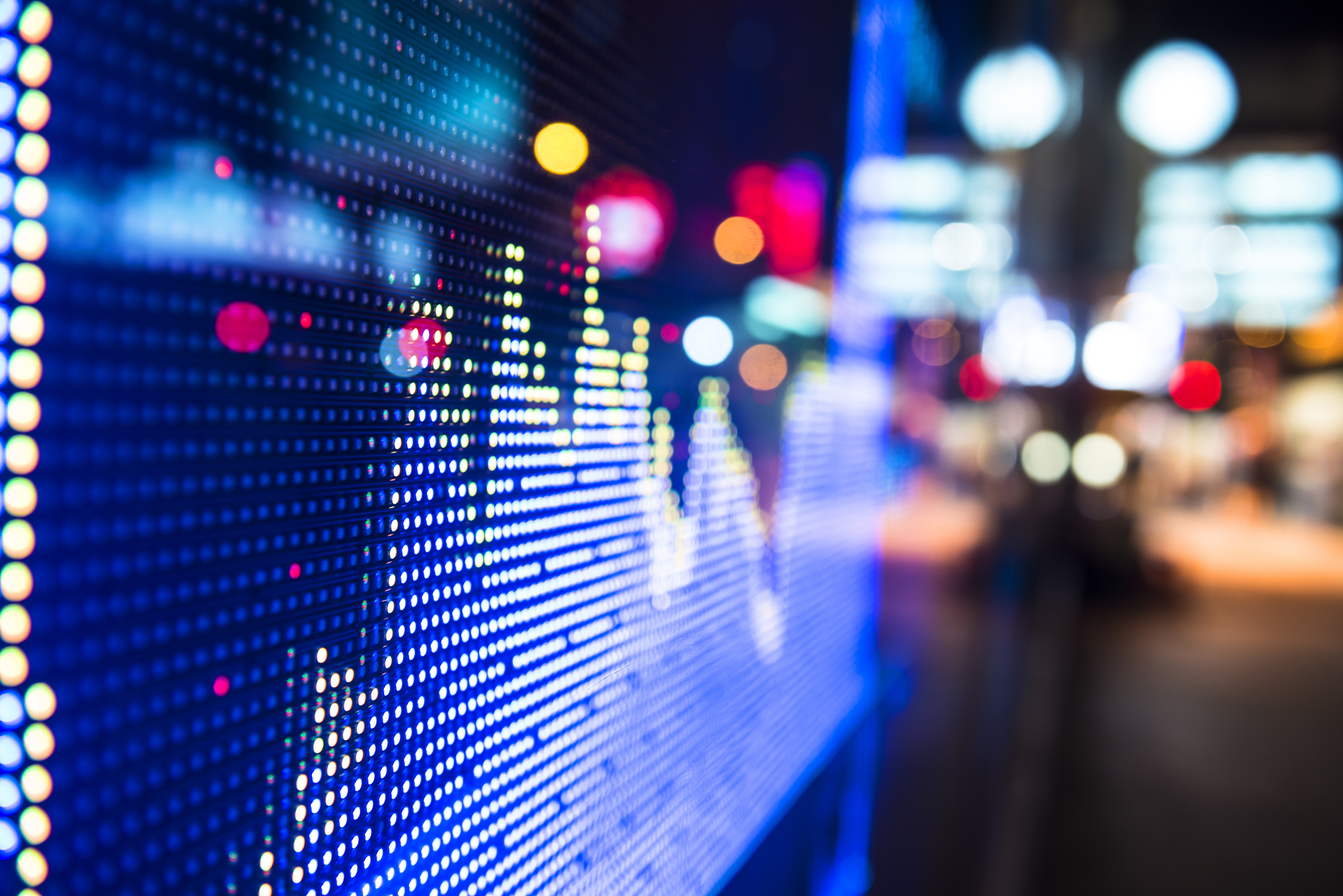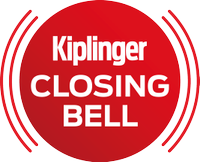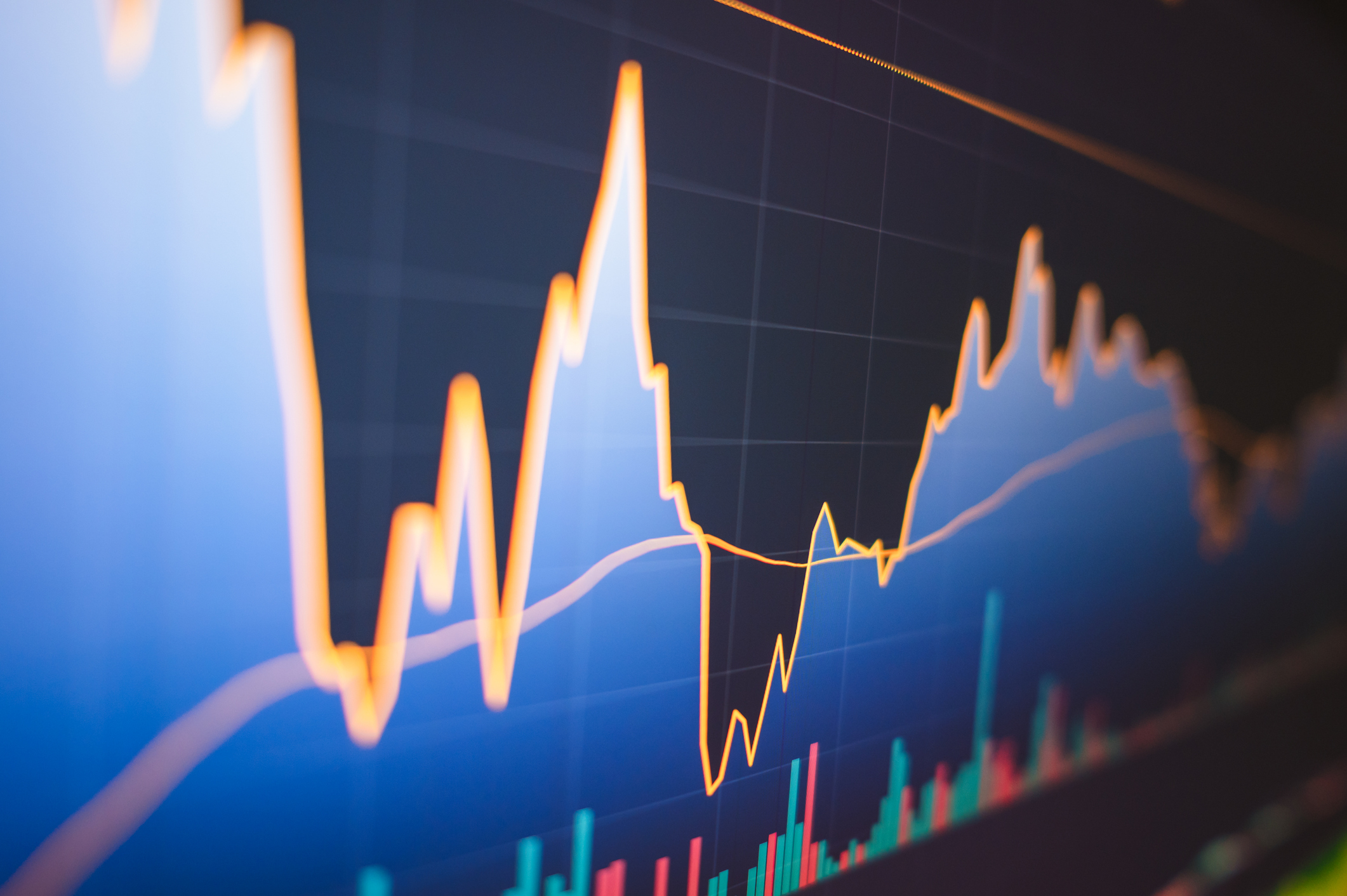8 Dividend-Growth Stock Picks
Investing in companies that regularly raise their payouts means fatter returns ahead.

Thanks to two catastrophic bear markets over the past dozen years, the strategy of buying stocks and holding them forever has fallen into disfavor. But that doesn't mean a buy-and-hold investing strategy is all bad; it just needs some tweaking. So in that spirit, allow us to introduce a variation that we think makes a lot of sense. Call it buy and hold and collect and grow, or BHCG for short.
The strategy is simple: You buy stocks that regularly boost their dividends and hold for the long haul. By doing so, you hitch a ride with cash-rich businesses that generate higher revenues, profits and cash flow year after year. The best of these companies are committed to boosting their dividends by double-digit percentages in all economic and market cycles.
BHCG stocks don't necessarily pay superhigh dividends, as does AT&T (symbol T), with its lavish 5.9% yield. But current income isn't the point. Rather, the idea is to target companies whose share prices rise steadily along with their dividend streams. If the strategy works as you expect, you earn a handsome yield based on the price of your initial purchase.

Sign up for Kiplinger’s Free E-Newsletters
Profit and prosper with the best of expert advice on investing, taxes, retirement, personal finance and more - straight to your e-mail.
Profit and prosper with the best of expert advice - straight to your e-mail.
Some experienced investors believe BHCG offers the best mixture of safety and opportunity. One of them is Tom Cameron, who entered the investment business in 1953. Now head of Dividend Growth Advisors, in Ridgeland, S.C., and co-manager of Dividend Growth Trust Rising Dividend Growth Fund (ICRDX), Cameron requires any stock he buys to have annualized dividend growth of at least 10% over the previous ten years. When he talks with company bosses, Cameron says, he makes sure big dividend increases are "part of the culture." He immediately boots out any company that cuts its dividend. In 2008, Cameron, 84, dumped all of his shares of Bank of America after the company halved its quarterly payout. BofA shares traded at $28 at the time. They now fetch less than $6 (all prices and related data are through December 2).
To see how dividend growth and share-price appreciation work in tandem, study McDonald's (MCD). In 2001, Mickey D's paid out 23 cents a share in dividends on a stock that averaged about $30 a share, for a yield of 0.8%. In 2002, McDonald's raised its annual dividend to 24 cents. Then the company's fortunes improved, and McDonald's decided to give more generously to its shareholders. By 2006, the rate was $1 a share. After a 15% boost in November 2011, the Golden Arches now pays at a rate of $2.80 a year. That's a 1,100% increase since 2001, or 28% annualized, the highest of any company in the Dow Jones industrial average.
Dividend Growth Magic
Order some McDonald's stock today and you'll pay $96 a share. That puts the current yield just shy of 3%, which isn't life-altering if you depend on dividends to supplement your income. But, remember, BHCG is a long-term plan, and the real story is the progression of the yield over time. If you paid $30 a share for McDonald's in 2001, your current yield on that original purchase works out to a lusty 9.3%.
And what does the future hold for McDonald's stock? Market volatility has been off the charts lately, and traders sometimes ignore company fundamentals. But over a decade or more, the market won't let a stock languish if a company relentlessly raises its cash payout. Over the past five years, McDonald's has generated growth in earnings and free cash flow (the source of money to pay dividends) of 15% to 20% a year. It's hard to imagine a company as large as McDonald's generating such rapid growth indefinitely. But low double-digit growth should be within reach as McDonald's continues to benefit from growing consumer spending around the globe, especially in emerging markets.
Still, past performance is not always a harbinger of future results. A company can have a robust dividend-growth record but come with flaws that make it a risky investment. The most significant omen: when free cash flow doesn't support an expansive dividend policy. Rather than bottom-line earnings, free cash flow -- earnings plus depreciation and other noncash charges, minus the capital expenditures needed to maintain a business -- is the source of the money a company can use to disburse dividends. If a company promises more dividends than it generates in free cash, it needs to borrow money, starve the business or gradually liquidate itself.
Meridian Bioscience (VIVO), which makes test kits to diagnose diseases, is an example of a company that is no longer able to cover its payouts. Meridian has a history of big dividend hikes -- 21% annualized over the past ten years. But it finally froze its payout rate in 2011. This once-great stock has been awful since 2008, and its prospects are gloomy with the dividend engine in the repair shop.
Some big dividend raisers seem unable, however, to appease restive stockholders. Medtronic (MDT), a medical-device maker plagued by a series of legal and product-quality problems, is a superior dividend hiker, with a ten-year payout growth rate of 15% annualized. And the company generates $3 in free cash flow per dollar it pays out in dividends. Despite that, Medtronic shareholders have lost money over the past ten years. Argus Research analyst David Toung says that although Medtronic could recover, the huge dividend increases are a ploy to "maintain a shareholder base that doesn't trade in and out of the stock." The verdict: not enough yield for income investors, and not enough growth for growth investors.
If there's one risk to a BHCG strategy, it's that the universe of suitable companies is relatively small. Fund manager Cameron, for example, says he watches no more than 125 companies. Fortunately, nearly all the candidates are large and have a lot of cash and significant foreign exposure -- exactly the kind of stocks Kiplinger's believes are timely for the year ahead. You can find potential winners at U.S. Dividend Champions and Contenders, a free database. You'll see the current and year-by-year dividends for scores of quality stocks and their compound dividend growth rates.
Our Dividend-Growth Stock Picks
The list includes McDonald's, which needs no further description. Below are seven other dividend champs we like.
Automatic Data Processing (ADP)
Dividend Yield: 3.1%
10-year Dividend Growth Rate: 12.8%
Years of Consecutive Dividend Increases: 37
ADP, the payroll-service king, needs little capital to grow, so it swims in cash and invests it cautiously. Its balance sheet is impeccable: ADP is one of only four U.S. nonfinancial companies with a triple-A bond rating, and the stock has had only one losing year since 2002.
Church & Dwight's (CHD)
Dividend Yield: 1.5%
10-year Dividend Growth Rate: 7.8%
Years of Consecutive Dividend Increases: 4
A chart of Church & Dwight's long-term stock price slopes gently upward and is as straight as they come, reflecting the steadiness of the firm's main business, the production and sale of sodium bicarbonate. Church & Dwight's flagship brand is Arm & Hammer, but its product lineup also includes Brillo, Trojan condoms and First Response pregnancy test kits. Church & Dwight has paid out dividends for years, but only recently has it gotten the dividend-growth religion. The rate has quadrupled since 2008.
Colgate-Palmolive (CL)
Dividend Yield: 2.6%
10-year Dividend Growth Rate: 12.4%
Years of Consecutive Dividend Increases: 48
Owner of some of the world's most famous consumer brands, Colgate-Palmolive is another steady Eddie with a large and growing presence internationally. Overall, three-fourths of its sales are generated overseas. Colgate has lifted its dividend every year since 1964.
Fastenal (FAST)
Dividend Yield: 1.3%
10-year Dividend Growth Rate: 30.2%
Years of Consecutive Dividend Increases: 9
Fastenal sells fasteners -- more than 400,000 different kinds -- and nearly 600,000 other items, including tools, blades, pipes and chains. Fastenal started paying a dividend -- at a rate of 1 cent a share -- in 1999. The rate is now 56 cents a share.
IBM (IBM)
Dividend Yield: 1.6%
10-year Dividend Growth Rate: 18.3%
Years of Consecutive Dividend Increases: 16
IBM still makes big mainframe computers, but what drives Big Blue's growth nowadays are sales of software and services. IBM's dividends used to be measly -- 25 cents a share as recently as 1995. The payout rate is now $3 a share, and the company is clearly capable of paying more -- the annual dividend tab of $3.5 billion is less than one-fourth of IBM's free cash flow. Warren Buffett, who has always avoided investing in technology, disclosed recently that his Berkshire Hathaway had a big stake in IBM.
Norfolk Southern (NSC)
Dividend Yield: 2.3%
10-year Dividend Growth Rate: 21.8%
Years of Consecutive Dividend Increases: 10
Speaking of Buffett, his purchase of Burlington Northern in 2010 suggests that the master thinks railroading is a pretty good business. Indeed, Norfolk Southern is booming, thanks to enormous coal exports and strong demand for other commodities. Norfolk Southern, which slashed its dividend in 2001, has since been making amends and now pledges to distribute one-third of its earnings to shareholders.
Novo Nordisk (NVO)
Dividend Yield: 1.2%
10-year Dividend Growth Rate: 22.3%
Years of Consecutive Dividend Increases: 15
Denmark's Novo Nordisk is the world's leader in diabetes-care products, including insulin. Novo has a unique niche, generates an enormous amount of cash and carries virtually no debt. Note that Novo pays dividends only once a year, usually in the first quarter, and that those payouts are subject to a 28% Danish tax. Uncle Sam will reimburse you if you file for a foreign-tax credit.
If you prefer to invest through a mutual fund, the best bet is Vanguard Dividend Growth (VDIGX), a member of the Kiplinger 25. Dividend Growth Trust Rising Dividend Growth Fund and Franklin Rising Dividend (FRDPX) also have good records, but both funds levy sales charges. They're good choices if you work with an adviser who can buy them for you without the loads. Fans of exchange-traded funds and a passive approach to stock selection should appreciate Vanguard Dividend Appreciation ETF (VIG). The fund charges just 0.18% a year. (For more dividend stock ideas, see VALUE ADDED: 5 Great Dividend-Paying Stocks to Buy.)
Get Kiplinger Today newsletter — free
Profit and prosper with the best of Kiplinger's advice on investing, taxes, retirement, personal finance and much more. Delivered daily. Enter your email in the box and click Sign Me Up.

-
 Stock Market Today: Stocks Soar on China Trade Talk Hopes
Stock Market Today: Stocks Soar on China Trade Talk HopesTreasury Secretary Bessent said current U.S.-China trade relations are unsustainable and signaled hopes for negotiations.
By Karee Venema
-
 2026 Disney Dining Plan Returns: Free Dining for Kids & Resort Benefits
2026 Disney Dining Plan Returns: Free Dining for Kids & Resort BenefitsPlan your 2026 Walt Disney World vacation now. Learn about the returning Disney Dining Plan, how kids aged three to nine eat free, and the exclusive benefits of staying at a Disney Resort hotel.
By Carla Ayers
-
 Stock Market Today: Stocks End Mixed Ahead of Powell
Stock Market Today: Stocks End Mixed Ahead of PowellPolitical upheaval in South Korea kept investors on their toes Tuesday.
By Karee Venema
-
 Why Is Warren Buffett Selling So Much Stock?
Why Is Warren Buffett Selling So Much Stock?Berkshire Hathaway is dumping equities, hoarding cash and making market participants nervous.
By Dan Burrows
-
 If You'd Put $1,000 Into Google Stock 20 Years Ago, Here's What You'd Have Today
If You'd Put $1,000 Into Google Stock 20 Years Ago, Here's What You'd Have TodayGoogle parent Alphabet has been a market-beating machine for ages.
By Dan Burrows
-

 Stock Market Today: Stocks Drop, Oil Spikes After Iran Attacks Israel
Stock Market Today: Stocks Drop, Oil Spikes After Iran Attacks IsraelA massive port strike and dismal economic data also weighed on the main indexes Tuesday.
By Karee Venema
-

 Stock Market Today: Stocks Gain After Powell Talks Rate Cuts
Stock Market Today: Stocks Gain After Powell Talks Rate CutsA late-day burst of buying power helped the main indexes close higher for the day, month and quarter.
By Karee Venema
-
 Stock Market Today: Stocks Retreat Ahead of Nvidia Earnings
Stock Market Today: Stocks Retreat Ahead of Nvidia EarningsMarkets lost ground on light volume Wednesday as traders keyed on AI bellwether Nvidia earnings after the close.
By Dan Burrows
-
 Stock Market Today: Stocks Edge Higher With Nvidia Earnings in Focus
Stock Market Today: Stocks Edge Higher With Nvidia Earnings in FocusNvidia stock gained ground ahead of tomorrow's after-the-close earnings event, while Super Micro Computer got hit by a short seller report.
By Karee Venema
-
 Stock Market Today: Dow Hits New Record Closing High
Stock Market Today: Dow Hits New Record Closing HighThe Nasdaq Composite and S&P 500 finished in the red as semiconductor stocks struggled.
By Karee Venema